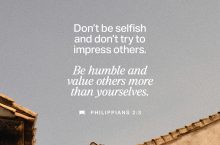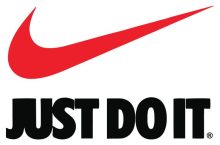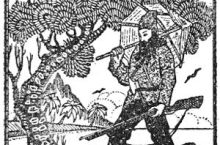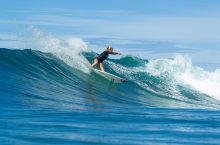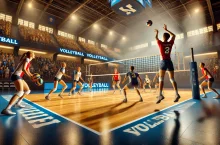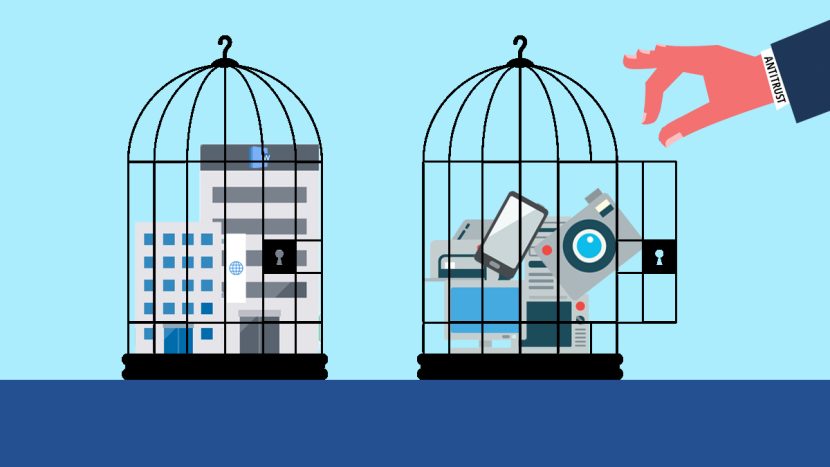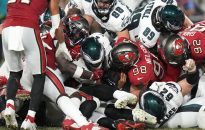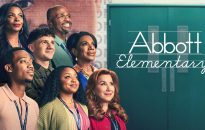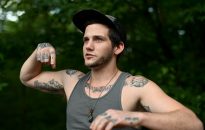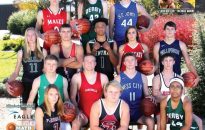Listen to this story Subscriber Benefit As a subscriber you can listen to articles at work, in the car, or while you work out. Subscribe Now Loading audio file, please wait. Speed1.00 0.25 0.50 0.75 1.00 1.25 1.50 1.75 2.00 (The Lawyer illustration/Audrey Pelsor, Adobe Stock) • J Batt, Georgia Tech. Since that ruling, the NCAA […]
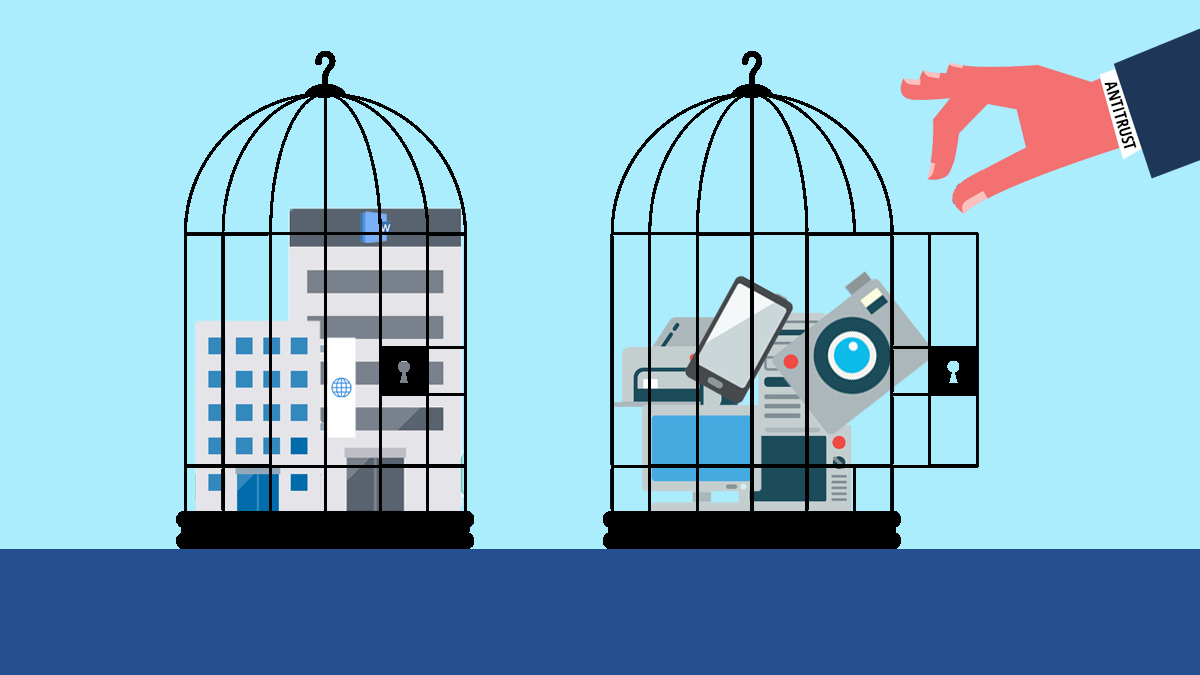
Subscriber Benefit
As a subscriber you can listen to articles at work, in the car, or while you work out.
Subscribe Now

• J Batt, Georgia Tech.
Since that ruling, the NCAA has allowed athletes to benefit from NIL by “endorsing products, signing sponsorship deals, engaging in commercial opportunities and monetizing their social media presence, among other avenues” and receiving compensation from third parties.
He said any schools participating in the settlement must also agree to roster limits.

NCAA announces settlement committee
Jacqueline Lesser, a Philadelphia-based partner in Ice Miller’s Intellectual Property Group, said, in terms of intellectual property law, NIL is really a right of publicity.
Flint said the future may bring some form of a NCAA players association, which may not operate like a traditional union but would have some involvement with collective bargaining.
The NCAA and the Power Five conferences also agreed to a revenue-sharing model that would allow for student-athletes to receive approximately 22% of the average Power Five school’s broadcasting and marketing revenue beginning as soon as the 2025-26 academic year.
The idea of NCAA student-athletes being compensated for their name, image and likeness is still a relatively new phenomenon and one that attorney Jaclyn Flint describes as having taken on a life of its own.
• John Cunningham, Cincinnati.
“It will fundamentally change college sports,” Nussbaum said.

Football, baseball and women’s soccer would all need to shed more than 1,000 athletes from their Division I ranks, according to data on the NCAA’s website.
Please enable JavaScript to view this content.
Flint said the NCAA has also formed a settlement implementation committee to oversee compliance.
The Knight Commission on Intercollegiate Athletics reported that Division I college athletes who competed between 2016 and 2024, and who are members of the lawsuit’s damages class had the ability to opt out of the damages settlement classes.
Such agreements will be subject to review to ensure they are legitimate, fair market value agreements and not used as pay-for-play. NIL payments by third parties would not apply toward the 22% cap but must be disclosed to a clearinghouse for review.
ESPN reported in November that the new maximum roster size for 19 of 43 NCAA sports would be smaller than the current average roster in those sports. A handful of sports, including football, baseball and women’s soccer, would be disproportionately affected.
“One of the persistent questions is, ‘What’s your alternative? What’s your better solution to this?’” Rakesh Kilaru, the NCAA’s lead counsel, told the Associated Press. “I think what we received at the end of (the) negotiation on both ends is a good resolution of the antitrust claims and a good, stable state going forward.”
The U.S. Supreme Court ruled in 2021 that the NCAA’s restrictions on compensation violated antitrust law.
Nussbaum said the proposed settlement doesn’t directly address some issues, like the employment status for student-athletes at public state universities and collective bargaining rights.
• Trev Alberts, Texas A&M.
• Pat Chun, Washington.
James Nussbaum, a partner in Church Church Hittle & Antrim’s Indianapolis office, said the biggest impact from the settlement, if approved, will be that universities can now directly pay athletes.
The settlement calls for former athletes to receive millions in back pay and also gives schools the option to distribute up to .5 million a year in payments to athletes for use of their name, image and likeness.
Now, a proposed .8 billion settlement of a federal lawsuit that alleged antitrust violations by the NCAA and the nation’s biggest conferences could open up even more opportunities for student-athletes.
The commission stated, according to media reports, 343 current and former college athletes opted out of the settlement.
• Mitch Barnhart, Kentucky.

“It becomes a trademark right when it’s attached to a good or service,” Lesser said.
• Anne McCoy, Washington State.
• Ross Bjork, Ohio State.
NIL deals can involve anything from athletes attaching their names to sneaker brands and T-shirts to endorsements of different products.
Some objections raised to the settlement
“If somebody said, ‘this is where we’re going to be’, nobody would have believed it,” Flint said.
The NCAA announced March 12, the committee is made up of 10 athletics directors (two from each defendant conference) and the legal and compliance teams from the conferences and the NCAA. The athletics directors on the committee are:
According to the NCAA, under the new model, institutions may pay student-athletes directly for their NIL rights, a first.
Any institutional NIL payments would apply toward the 22% cap.
Judge Claudia Wilken has scheduled a hearing on the settlement for April 7 and will determine whether the deal is “fair, reasonable and adequate” for all Division I athletes and their schools.
• Desireé Reed-Francois, Arizona.•
“I think they’re trying to get some of the benefits of collective bargaining,” Nussbaum said, adding he thinks the settlement will likely be approved in April.
The NCAA announced it will abandon a rule that stopped athletes from negotiating potentially lucrative name, image and likeness deals before enrolling in a specific college.
One of the legal briefs objecting to the settlement called the figure “totally arbitrary.” It also argued that setting limits on what athletes can make violates the very antitrust concerns the settlement was designed to address.
• Scott Barnes, Oregon State.
ESPN reported top athletes have signed deals with Nike, Adidas and Under Armour, while non-athletic brands such as T-Mobile, Sam’s Club and Amazon tap students across the country.
Tennessee Attorney General Jonathan Skrmetti and a handful of attorneys general had sued the NCAA over its NIL recruiting ban, arguing the rule violated antitrust laws.
The Associated Press reported in January there were at least 18 objections filed against the .8 billion settlement of antitrust allegations against the NCAA and the nation’s biggest conferences — concerns ranging from roster limits and Title IX to what some call an unfair salary cap.
That proposed settlement must also still be approved by a federal judge.
The Justice Department in the final days of the Biden administration joined lawyers and athletes in arguing the .5 million — which represents 22% of TV and other revenue at the biggest schools — amounts to an unfair salary cap.
Third parties may continue to enter into NIL agreements with student-athletes.
• Graham Neff, Clemson.
For Flint, a partner with Riley Bennett Egloff’s Indianapolis office and chair of IndyBar’s intellectual property section, the rise of NIL and the settlement’s potential impact on college athletics is massive and something that was unimaginable just a few years ago.
Attorneys who negotiated the deal disagreed, according to AP.
